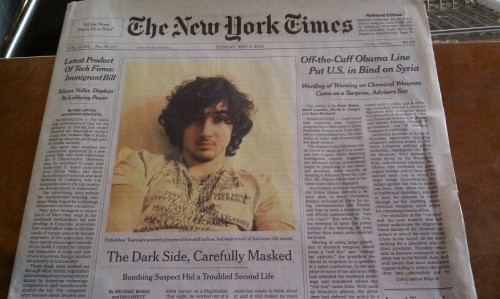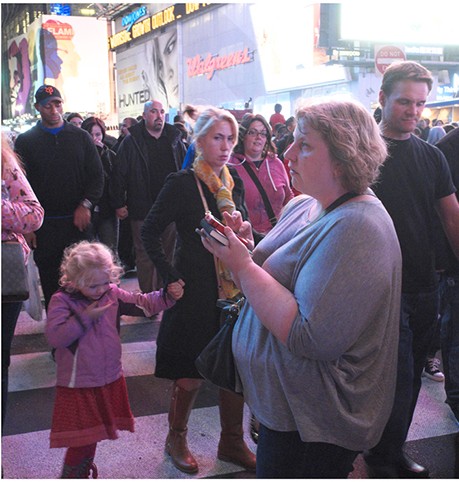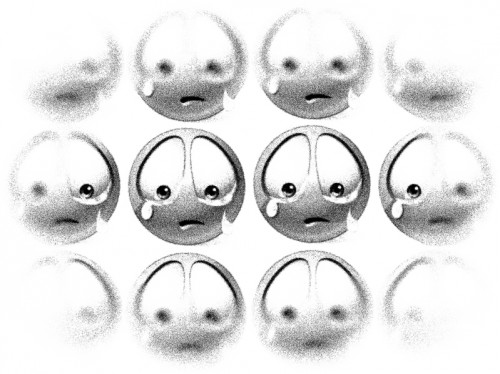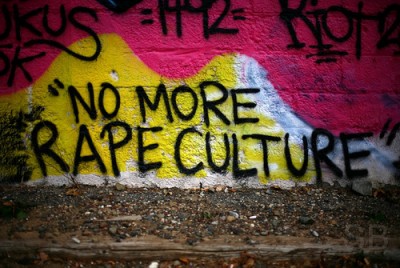
In the first chapters of every Economics 101 textbook there’s a misleading hypothetical about the origins of money. David Graeber, in his book Debt: The First 5,000 Years calls it “the founding myth of our system of economic relations.” This myth is so pervasive that even people who have never taken an Economics 101 class know, and believe in, this myth. We tend to assume that before money there was this awkward barter system where you had to keep all your chickens and yams with you when you went to market to buy a calf. If the person selling the calf didn’t want chicken or yams, no transaction would take place. Money seems to fill a very important need: it lets us compare and exchange a wide variety of goods by establishing a common metric of value. The problem with this construction—of simple barter being replaced with cash economies—is that it never happened. That’s what makes Bondsy, an app that let’s you effortlessly barter with a private set of friends, so interesting: It takes a modern myth and turns it into everyday reality. more...









